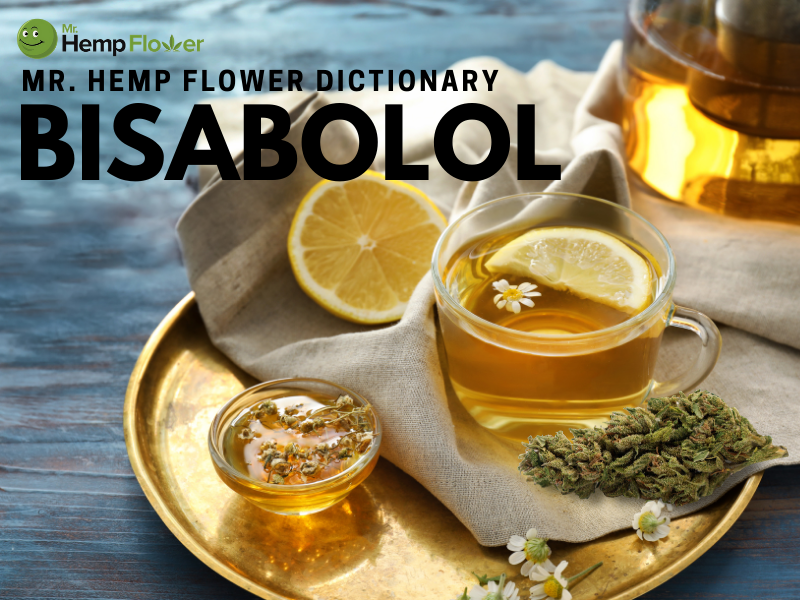Borneol- All You Need To Know About Borneol

Borneol
ˈbȯr-nē-ˌȯl, -ˌōl | Noun
A hemp terpene that displays an earthy, camphor-like aroma. It played an indispensable role in traditional Chinese medicine, featuring a diverse medicinal profile. Its ability to harmonize the effects of other healing components makes this terpene an effective anti-inflammatory agent and pain reliever. Due to its minty, cooling, and pain-numbing properties, it’s primarily used as a topical.
“This hemp strain has a minty herbal scent; it may be rich in borneol.”
“If you apply borneol on your skin, you will feel an instant cooling sensation.”
What is it?
It’s a terpene produced by hemp and the dryobalanops aromatica, commonly known as Borneo camphor. The camphor tree is a species of endangered plant belonging to the teak family. Other natural sources of this terpene are thyme, rosemary, sage, ginger, and marjoram.
Traditional Chinese medicine and modern holistic treatments use borneol as an ingredient in various mixtures. Dr. Stockman conducted the first Western medicine experiment on borneol in 1888.
The natural process of obtaining this powerhouse compound involves tapping the trunk of the camphor tree. After that, the gathered substance cools and hardens, forming a clear crystalline consistency. Today, this terpene is rarely obtained in its natural form. Most of the time, it comes from the lab — it’s crafted from turpentine oil or camphor. To prepare it for medicinal use, scientists grind it down into a fine powder.
What is it used for?
Natural remedy. In Traditional Chinese Medicine, people use this terpene as a natural remedy to aid digestion (by stimulating gastric juices), providing relief for pain caused by rheumatic conditions, and improving circulation. Despite its bitter taste, Chinese herbalists use borneol for coughs and colds.
Traditional Moxa therapy. It’s widely used in acupuncture through the healing effects of moxa. Moxa (moxibustion) is a heat therapy used in traditional Chinese medicine for thousands of years. In a nutshell, dried Mugwort leaves are burned on or near the body to produce local heating. During the process, the leaves release one of its active compounds — borneol. This type of therapy encourages a better flow of energy or qi by combating cold and dampness.
Insect repellant. Like other terpenes, it’s used as an active ingredient in insect repellants — shielding against various mosquito-borne diseases like the West Nile virus.
Aromatherapy. Have you ever been to an aromatherapy massage with herbal oils? If you have, you might be familiar with borneol’s scent. Due to its refreshing smell, this aromatic compound is an ingredient in therapeutic-grade essential oils and perfumes.
What does it smell like?
Borneol creates an interesting sensory experience that some people compare to walking through a forest of minty balsam fir trees. The thyme borneol oil releases a fresh and spicy fragrance.
Therapeutic Benefits of Borneol
Aside from extensive anecdotal evidence, it’s potential therapeutic properties have been researched by science. Here are borneol’s more important medical applications:
Pain-relieving properties
In traditional medicine, people apply diluted thyme borneol oil topically to soothe aching joints and muscles. Several studies found promising results on borneol and pain. A 2013 animal study reported a significant decrease in nociceptive pain and inflammation in rodents by this terpene. Another study found that this compound provides more pain relief than a placebo.
Anti-inflammatory effects
One 2013 study published in the Journal of Agriculture and Food Chemistry revealed borneol’s anti-inflammatory effects in cell-culture models of gingivitis. Due to its inflammation-reducing properties, borneol shows potential as a healing ingredient for red gums and tonsillitis if added in medicated mouthwash.
Acts as an anticoagulant
In traditional Asian medicine, borneol was used to prevent cardiovascular disease or treat thrombosis. One 2008 study suggested that its capability to prevent cardiovascular diseases may come from its anticoagulant activity.
Other therapeutic uses
In its isolated form, it reduces stress and fatigue without showing sedative effects. Scientists continue to investigate its potential to aid the absorption of other medical compounds, as well as its neuroprotective properties.
In what form is it available today?
This terpene comes as a powder. Some herbal shops may offer unprocessed borneol. Some hemp flower strains produce this terpene, so you can also find it in hemp.
Is borneol safe?
This compound’s pure isolated form acts as a skin and eye irritant and may also irritate the respiratory system. People with sensitive skin should approach products containing a high percentage of this ingredient with caution. If ingested in large doses, this terpene is extremely toxic and harmful.
Where to find it in hemp?
This terpene is not a primary terpene, so it’s challenging to find it hemp in a higher concentration. Typically, Haze strains contain some percentage of this aromatic compound. In hemp, this terpene exemplifies the dynamic of the entourage effect. The entourage effect is the theory of cannabinoids and terpenes working in synergy to offer medicinal benefits via the endocannabinoid system (ECS).
Final thoughts
This terpene’s therapeutic benefits sound too good to be true. But, there is no doubt that this component brings the healing techniques of ancient Eastern herbalism into modern medicine.
Final thoughts
Bisabolol is more than a fragrance essence and a cosmetic ingredient. It’s anti-inflammatory, antimicrobial, and pain-relieving properties show promise in the fight against various ailments.
